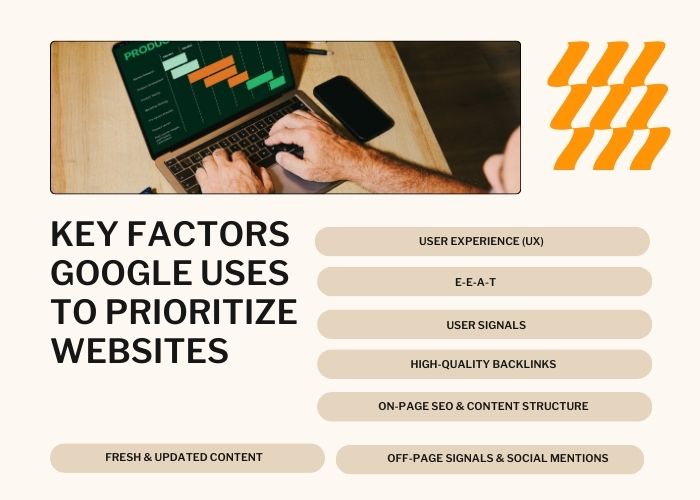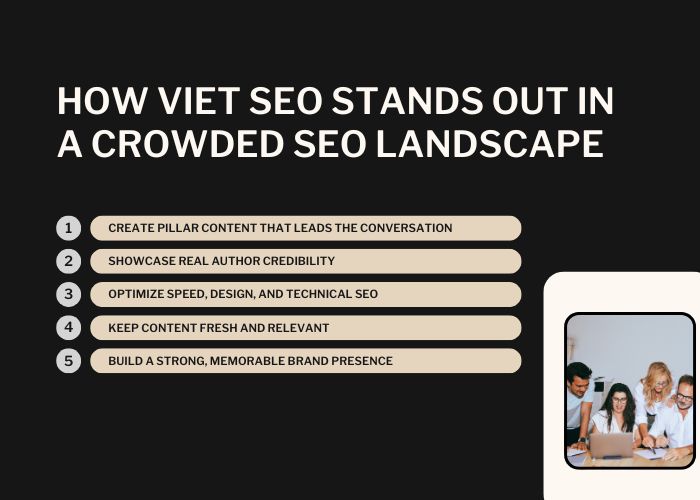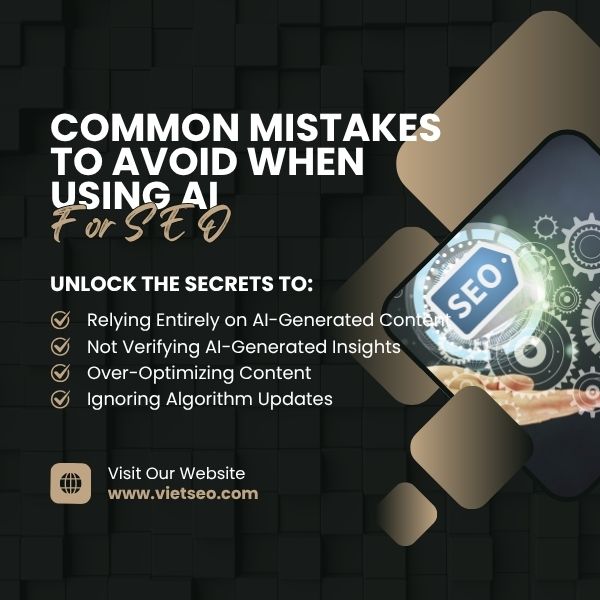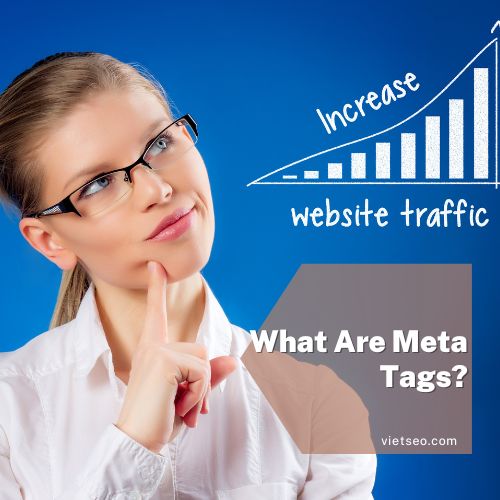Which Website Does Google Prioritize When All Have Rich Content?
Rich Content – Essential, But Not the Whole Story
There’s no question about it: great content is the backbone of every SEO strategy. Without it, no amount of technical optimization or backlink building can carry your website to the top. But what exactly counts as “rich content” in Google’s eyes?
At VietSEO, we define rich content as more than just a long article filled with keywords. To truly qualify, a piece of content should:
- Directly answer the user’s question instead of dancing around the topic.
- Show depth and expertise, proving that the author understands the subject, not just at a surface level.
- Back up claims with real data, examples, and references — because credibility matters.
- Be easy to consume, with clear structure, short paragraphs, headings, and simple language.
- Stay current, meaning it’s updated regularly to reflect the latest information and trends.
Now here’s the challenge: many websites are already doing all of this. Across nearly every niche, you’ll find dozens — even hundreds — of articles that check these boxes. So how does Google decide who deserves the top spot?
That’s where broader SEO optimization comes in. Content quality is necessary, but it’s not sufficient on its own. Google also evaluates page speed, mobile responsiveness, overall user experience, smart internal linking, and the authority of your domain. A beautifully written article can still fall behind if it loads slowly, looks messy on mobile, or lives on a site with little trust and credibility.
In short: to succeed, your content must do more than just answer the query. It needs to be technically optimized, user-friendly, and aligned with Google’s constantly evolving ranking standards. High-quality writing gets you in the game, but comprehensive SEO is what helps you win it.
Key Factors Google Uses to Prioritize Websites
Google’s algorithm has become increasingly sophisticated. While rich, high-quality content remains the foundation of SEO, it’s no longer enough to stand out on its own. To decide which websites deserve higher visibility, Google looks at a broad set of factors that go beyond words on a page. According to VietSEO, here are the key elements that can give your site an edge.
1. User Experience (UX)
Google’s mission is simple: deliver the best possible experience to searchers. That means your website must not only have great content but also be fast, smooth, and enjoyable to use. Critical UX factors include:
- Page Speed: If your site takes too long to load, users leave before even reading. Google uses Core Web Vitals — Largest Contentful Paint (LCP), First Input Delay (FID), and Cumulative Layout Shift (CLS) — to evaluate performance.
- Mobile Optimization: With 60–70% of internet traffic now on mobile devices, a site that isn’t responsive will quickly fall behind.
- Engagement Metrics: High bounce rates and short visit times tell Google your site isn’t meeting user expectations.
2. E-E-A-T: Experience, Expertise, Authoritativeness, Trustworthiness
E-E-A-T is at the heart of how Google evaluates credibility:
- Experience: Does the author show real-world experience with the topic?
- Expertise: Do they have the knowledge to provide accurate, detailed insights?
- Authoritativeness: Are they recognized or cited by other reputable sources?
- Trustworthiness: Is the content transparent, accurate, and hosted on a secure site (HTTPS)?
This is especially vital in YMYL (Your Money, Your Life) topics — such as health, finance, or legal advice. For example, a medical article written by a licensed doctor is far more likely to rank than one from a casual blogger.
3. User Signals
Google doesn’t just read your content — it watches how users interact with it. Positive engagement signals tell Google your content is valuable:
- Click-Through Rate (CTR): How often people click your link in search results.
- Dwell Time: The length of time users spend on your page before returning to search.
- Return Visits: Loyal visitors coming back to your site again and again.
When your content is genuinely engaging, these signals improve naturally.
4. High-Quality Backlinks
Backlinks remain one of the strongest ranking signals, but quality outweighs quantity. Google values:
- Links from authoritative sites in the same niche.
- Mentions from respected publications, universities, or government domains.
- Backlinks that actually drive traffic, rather than spammy or irrelevant ones.
A handful of strong backlinks can outweigh hundreds of low-quality ones.
5. On-Page SEO & Content Structure
For Google to rank your content correctly, it first needs to understand it. This requires clear structure and optimization:
- Logical headings (H1, H2, H3).
- Natural keyword placement without stuffing.
- Short, scannable paragraphs.
- Optimized meta titles and descriptions.
- Image optimization with ALT tags, filenames, and compression.
- A solid internal linking system that connects related content.
Technical basics like HTTPS, a sitemap, and robots.txt also help Google index your site efficiently.
6. Fresh & Updated Content
Even the best article can lose rankings if it grows outdated. Google prioritizes content that remains relevant by:
- Updating data, stats, and examples.
- Adding new insights or addressing recent trends.
- Reflecting the latest algorithm changes or industry standards.
This is especially crucial in fast-moving niches like technology, health, or finance.
7. Off-Page Signals & Social Mentions
While not direct ranking factors, off-page activity can still help boost visibility. Brand mentions, shares, and discussions on social media can drive organic traffic and attract backlinks — both of which strengthen your site’s authority in Google’s eyes.
In short, Google’s ranking system is holistic. Great content is your entry ticket, but to truly rise in search results, your website must also excel in user experience, credibility, structure, and authority.
Google Prioritizes Websites That Deliver Complete Value
At this stage, it’s clear: when everyone is publishing well-written, informative content, the deciding factor becomes who can provide the most complete value to users. Google doesn’t just look at what’s on the page anymore — it looks at the overall experience a website delivers.
According to VietSEO, a website that truly stands out in Google’s eyes combines multiple elements, including:
- Accurate, useful information: Content that directly answers questions and solves problems.
- Fast, user-friendly design: Pages that load quickly, adapt seamlessly on mobile, and create a smooth browsing experience.
- Credible authorship: Content backed by experts, professionals, or trusted voices in the field.
- Relevant, high-quality backlinks: External validation that signals authority and reliability.
- Engaging user experience: Visitors not only stay longer but also return, interact, and explore more pages.
- Freshness and updates: Content that evolves with trends, data, and user needs.
In other words, Google no longer rewards websites just for publishing “good content.” Instead, it prioritizes websites that bring well-rounded, long-term value to users — blending relevance, trust, performance, and engagement into one seamless package.
How Viet SEO Stands Out in a Crowded SEO Landscape
In today’s digital world, simply having “good content” is no longer enough — it’s the bare minimum. With thousands of websites competing for the same audience, the real challenge is standing out. At VietSEO, we help clients rise above the noise by building strategies that combine depth, credibility, and long-term growth. Here’s how we do it.
1. Create Pillar Content That Leads the Conversation
Instead of scattering efforts across dozens of short, shallow posts, we focus on pillar content — comprehensive, well-researched articles that cover a major topic in full detail. These act as the cornerstone of your site’s authority. Around each pillar, we build cluster content that links internally, reinforces relevance, and signals expertise to both users and Google.
2. Showcase Real Author Credibility
Trust matters more than ever, especially in sensitive industries like health, finance, or law. That’s why we help highlight author expertise through detailed bios, professional credentials, and links to authoritative profiles. When visitors (and Google) see clear proof of credibility, your content gains more weight and trustworthiness.
3. Optimize Speed, Design, and Technical SEO
A slow, clunky website can undo even the best content. We use tools like Google PageSpeed Insights and GTMetrix to diagnose performance issues, then fix them through image compression, streamlined code, and mobile-first design. The result is a site that not only ranks higher but also keeps users engaged.
4. Keep Content Fresh and Relevant
Information ages quickly online. That’s why we build a content update cycle, reviewing articles every 6–12 months. We refresh statistics, update examples, and adjust language to match current trends. This ensures your content never feels outdated — and Google rewards that freshness.
5. Build a Strong, Memorable Brand Presence
SEO is about more than keywords; it’s about identity. We help businesses create a consistent brand voice, visual style, and digital presence that users remember and trust. A strong brand increases search demand, improves click-through rates, and builds long-term authority that no algorithm update can take away.
With this approach, Viet SEO doesn’t just optimize for rankings — we help you build a digital presence that lasts, by combining content, credibility, performance, and brand power into one cohesive strategy.
Conclusion
In today’s SEO landscape, simply publishing “good content” isn’t enough — it’s only the first step. To earn Google’s trust and visibility, your website needs to deliver complete value: engaging content, seamless user experience, technical reliability, and consistent credibility. Only when these elements work together does your site align with what Google truly prioritizes.
Competition is tougher than ever, and Google’s algorithms continue to evolve. That’s why VietSEO emphasizes a broader vision: don’t just focus on writing articles — focus on building a platform that users can rely on. A website that’s trustworthy, fast, well-structured, and authoritative doesn’t just chase rankings; it deserves them.
Ready to take your website to the next level?
Begin by reviewing your site’s content, speed, structure, and trust signals. When you invest in holistic SEO optimization, you’re not just improving your rankings — you’re creating a digital foundation for sustainable growth and long-term success.




